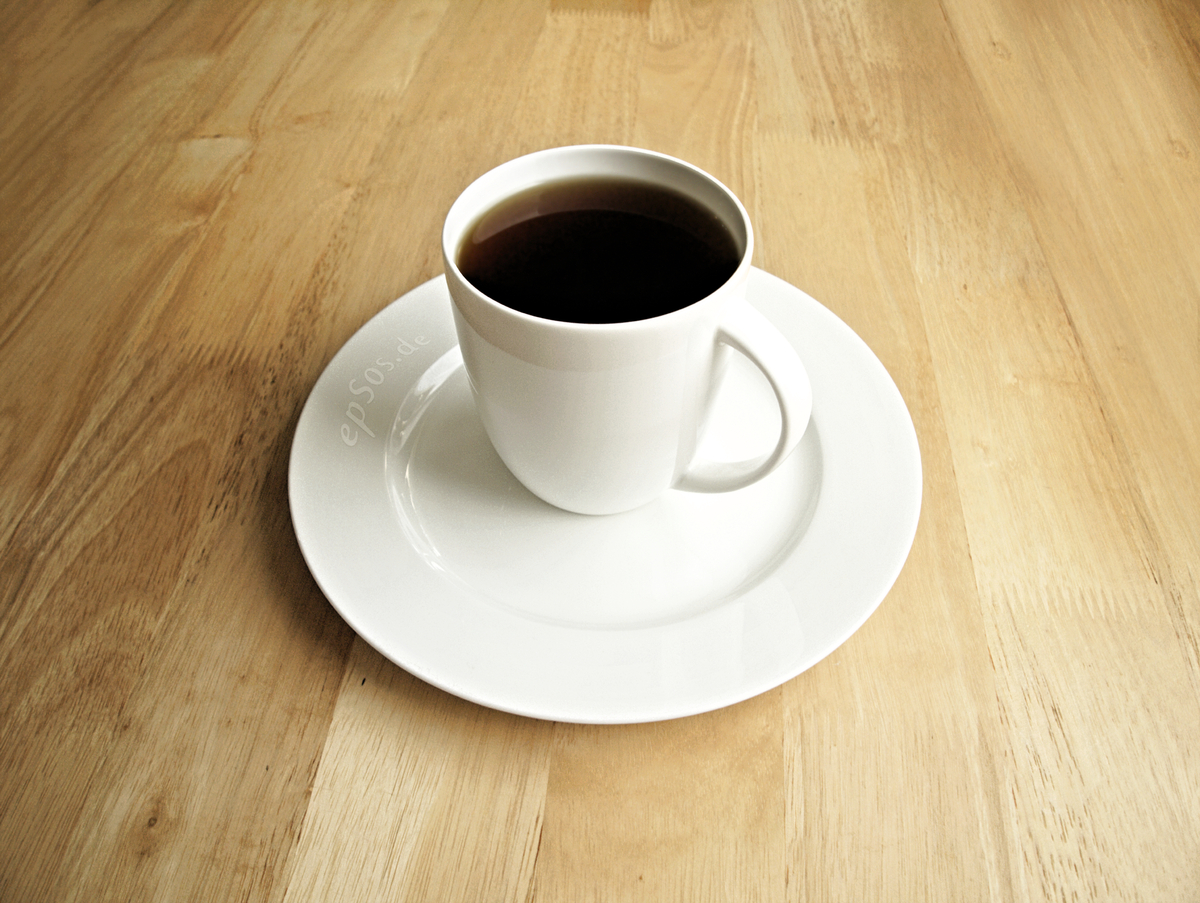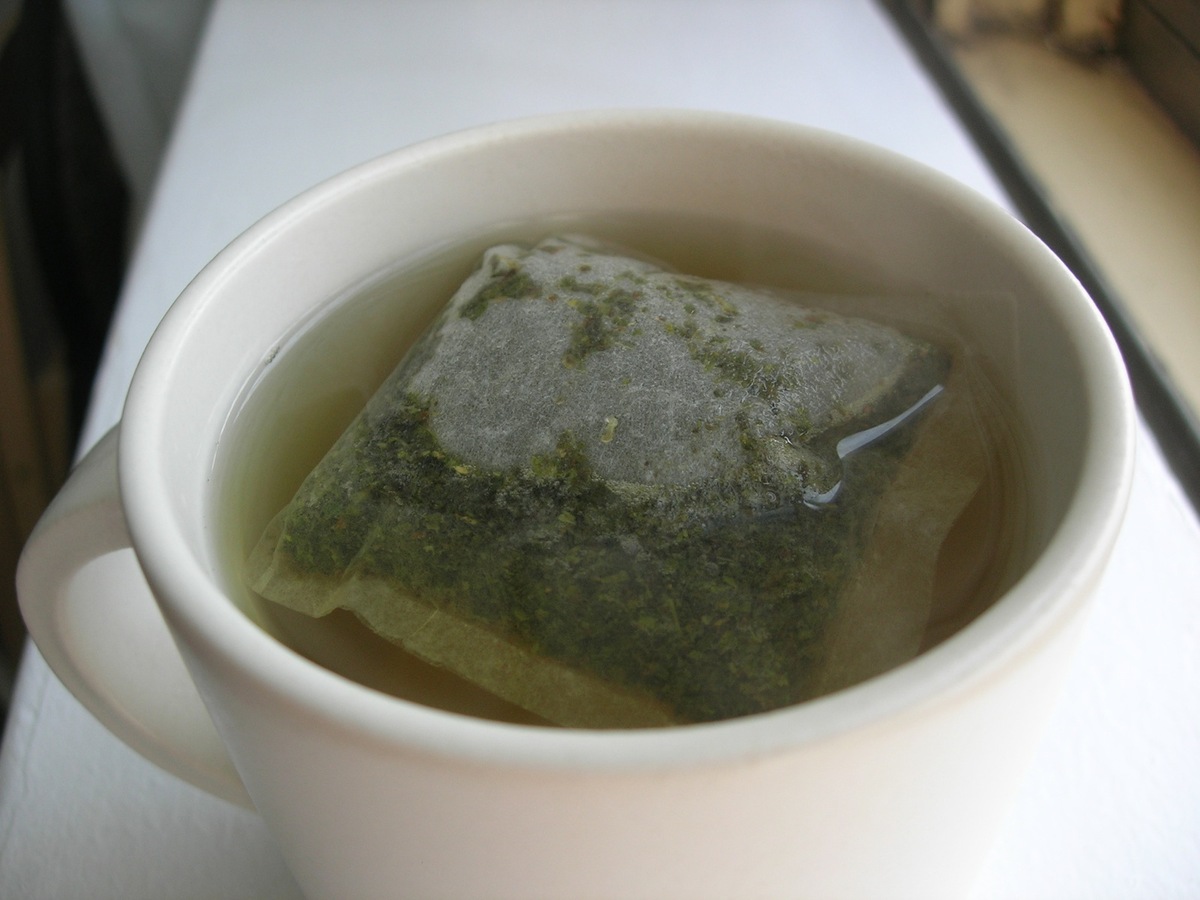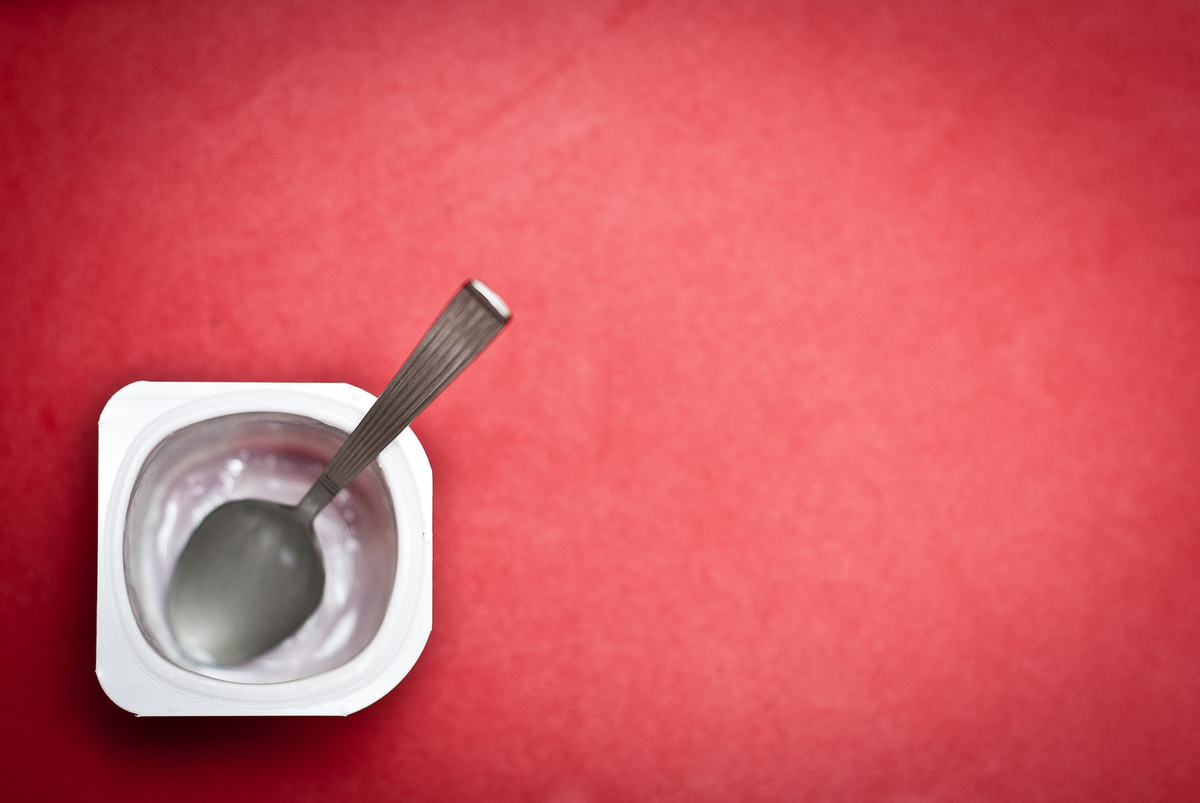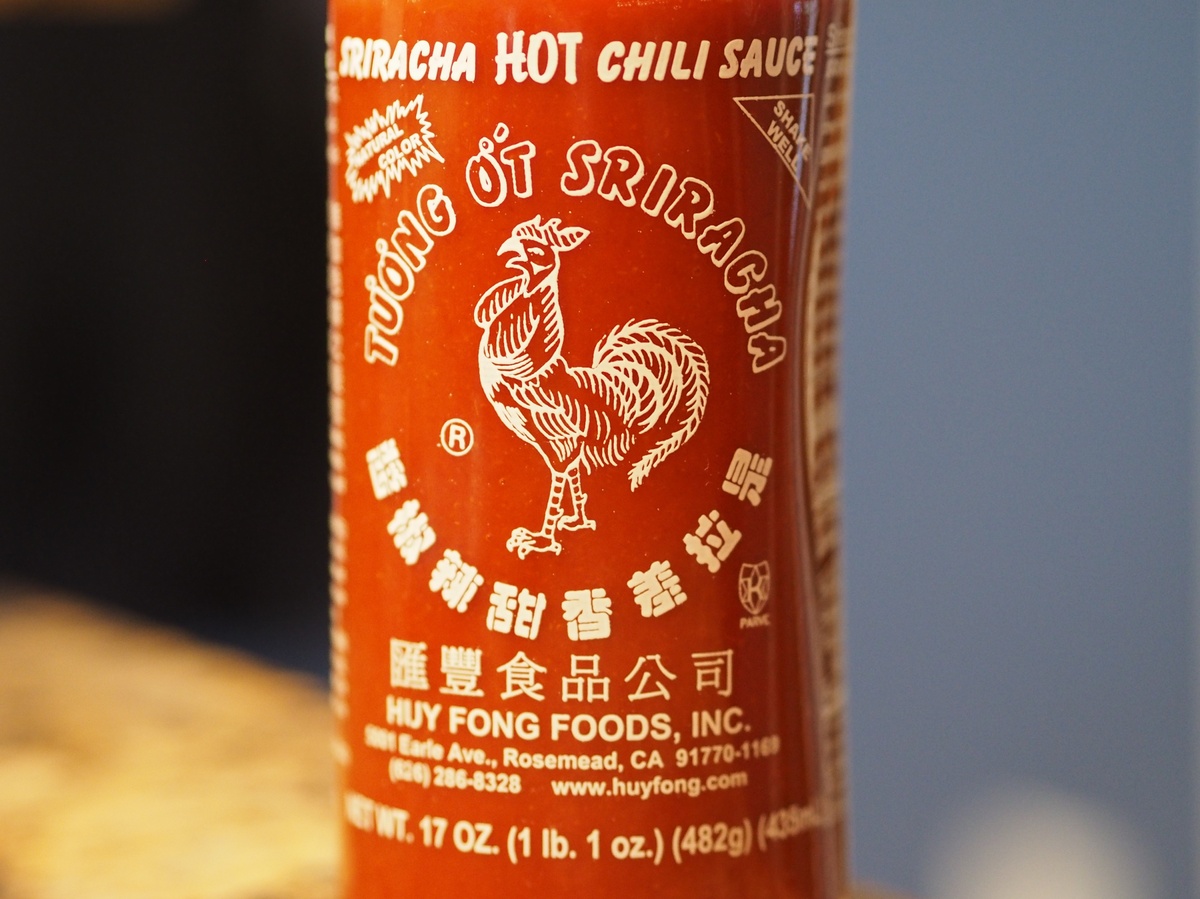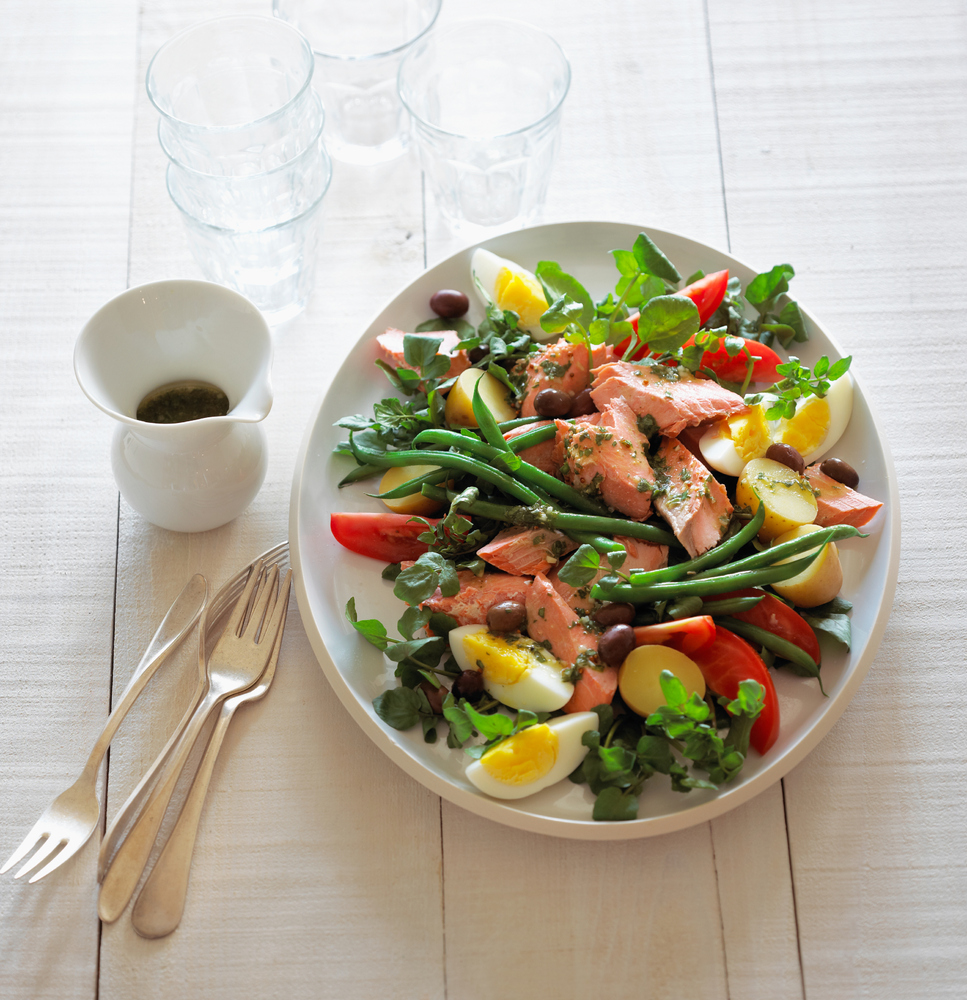Feel like your metabolism is stuck in slo-mo? Coaxing your body to burn calories more efficiently doesn’t require daily Spinning sessions or hours at the weight rack (though being in shape and building more muscle definitely helps). From adding an extra ingredient to your smoothie to watching a funny YouTube video, you can fan your metabolism’s flames in just minutes a day by adopting these research-backed habits.
-
1 Drink Before You Eat vanhookc/FlickrDrinking two glasses of water before every meal helped dieters lose an average of 15.5 pounds (five pounds more than the non-water drinkers) over three months in a study presented at the American Chemical Society’s annual conference. Taking quick hydration breaks throughout the day also boosts your metabolic machinery, says JJ Virgin, celebrity nutritionist and author of The Virgin Diet Cookbook, and research shows staying properly hydrated keeps you feeling energized. Try to consume half your body weight in water ounces, Virgin suggests; a 150-pound person would drink 75 ounces a day.
vanhookc/FlickrDrinking two glasses of water before every meal helped dieters lose an average of 15.5 pounds (five pounds more than the non-water drinkers) over three months in a study presented at the American Chemical Society’s annual conference. Taking quick hydration breaks throughout the day also boosts your metabolic machinery, says JJ Virgin, celebrity nutritionist and author of The Virgin Diet Cookbook, and research shows staying properly hydrated keeps you feeling energized. Try to consume half your body weight in water ounces, Virgin suggests; a 150-pound person would drink 75 ounces a day. -
2 Don’t Stop Yourself From Fidgeting Cavan Images via Getty ImagesWhen your annoyed coworker tells you you’re bouncing your leg, perhaps you can explain that you’re just doing some non-exercise activity thermogenesis (NEAT) — the expert term for fidgeting. Research shows that NEAT may help you burn an additional 350 calories a day. “Small bursts of activity, like running up stairs, pacing while you’re on the phone, or shifting around in your seat all count,” says Tom Holland, an exercise physiologist and author of Beat the Gym. “It adds up quickly, so take advantage of any chance to move more throughout your day.”
Cavan Images via Getty ImagesWhen your annoyed coworker tells you you’re bouncing your leg, perhaps you can explain that you’re just doing some non-exercise activity thermogenesis (NEAT) — the expert term for fidgeting. Research shows that NEAT may help you burn an additional 350 calories a day. “Small bursts of activity, like running up stairs, pacing while you’re on the phone, or shifting around in your seat all count,” says Tom Holland, an exercise physiologist and author of Beat the Gym. “It adds up quickly, so take advantage of any chance to move more throughout your day.” -
3 Add Whey Protein To Your Smoothie fd/FlickrWhen you’re tossing fruit, ice and other smoothie mix-ins into your blender, take an extra second to add one more metabolism-boosting ingredient — whey protein powder. “Whey protein increases calorie burn and fat utilization, helps the body maintain muscle, and triggers the brain to feel full,” says Paul Arciero, a professor in the Health and Exercise Sciences department at Skidmore College who has studied whey’s effects on the body. All types of protein rev up your metabolism — protein has a thermogenic effect, meaning it makes your body produce more heat and, in turn, burn more calories — but whey may be the most effective non-animal protein. A study published in the American Journal of Clinical Nutrition revealed that fat oxidation and the thermic effect was greater with whey than with soy or casein.
fd/FlickrWhen you’re tossing fruit, ice and other smoothie mix-ins into your blender, take an extra second to add one more metabolism-boosting ingredient — whey protein powder. “Whey protein increases calorie burn and fat utilization, helps the body maintain muscle, and triggers the brain to feel full,” says Paul Arciero, a professor in the Health and Exercise Sciences department at Skidmore College who has studied whey’s effects on the body. All types of protein rev up your metabolism — protein has a thermogenic effect, meaning it makes your body produce more heat and, in turn, burn more calories — but whey may be the most effective non-animal protein. A study published in the American Journal of Clinical Nutrition revealed that fat oxidation and the thermic effect was greater with whey than with soy or casein. -
4 Brew A Cup Of Coffee epSos.de/FlickrCaffeine’s ability to speed up the central nervous system makes it a powerful metabolism booster. “In addition, coffee beans provide antioxidants and real health value,” says Amy Goodson, RD, a dietitian for Texas Health Ben Hogan Sports Medicine. “Provided your cup is not laden with cream and syrup, coffee can be a great way to give you energy as well as some antioxidants.” Coffee has been shown to improve energy levels during exercise, especially endurance activity, and help people work harder longer, which therefore burns more calories. Drinking coffee after a workout can also be beneficial. Consuming caffeine after exercise increased muscle glycogen by 66 percent in endurance athletes, enabling them to more quickly replenish energy stores used through exercise, according to a study published in the Journal of Applied Physiology.
epSos.de/FlickrCaffeine’s ability to speed up the central nervous system makes it a powerful metabolism booster. “In addition, coffee beans provide antioxidants and real health value,” says Amy Goodson, RD, a dietitian for Texas Health Ben Hogan Sports Medicine. “Provided your cup is not laden with cream and syrup, coffee can be a great way to give you energy as well as some antioxidants.” Coffee has been shown to improve energy levels during exercise, especially endurance activity, and help people work harder longer, which therefore burns more calories. Drinking coffee after a workout can also be beneficial. Consuming caffeine after exercise increased muscle glycogen by 66 percent in endurance athletes, enabling them to more quickly replenish energy stores used through exercise, according to a study published in the Journal of Applied Physiology. -
5 Swap In Green Tea Dano/FlickrIf you’re like an average American and drink three cups of coffee a day, consider swapping in green tea for one of them. In addition to giving you the metabolism-boosting caffeine jolt you crave, green tea is a rich source of antioxidants called catechins. And, in a study published in the Journal of Clinical Nutrition, drinking green tea combined with a total of three hours of moderate exercise a week reduced abdominal fat in subjects over a three-month period. “Unsweetened, brewed green tea was shown to increase calorie burn by about 100 calories per day,” says Michelle Dudash, RD, author of Clean Eating for Busy Families. For best results, Dudash recommends fresh-brewed green tea only — it takes just a couple minutes to make. “Bottled green tea tends to have a lower concentration of the beneficial compounds,” she says, not to mention that many are loaded with added sugar or artificial sweeteners.
Dano/FlickrIf you’re like an average American and drink three cups of coffee a day, consider swapping in green tea for one of them. In addition to giving you the metabolism-boosting caffeine jolt you crave, green tea is a rich source of antioxidants called catechins. And, in a study published in the Journal of Clinical Nutrition, drinking green tea combined with a total of three hours of moderate exercise a week reduced abdominal fat in subjects over a three-month period. “Unsweetened, brewed green tea was shown to increase calorie burn by about 100 calories per day,” says Michelle Dudash, RD, author of Clean Eating for Busy Families. For best results, Dudash recommends fresh-brewed green tea only — it takes just a couple minutes to make. “Bottled green tea tends to have a lower concentration of the beneficial compounds,” she says, not to mention that many are loaded with added sugar or artificial sweeteners. -
6 Snack On Yogurt Getty Images/Flickr RFProbiotics, the healthy bacteria found in yogurt, pickles, and other fermented foods like sauerkraut, may help you lose weight — if you’re a woman, shows a new study published in the British Journal of Nutrition. Overweight men and women followed a 12-week weight loss diet; half of the volunteers also took a probiotic pill every day. Women in the probiotic group lost more weight than those in the placebo group and continued to lose weight during the 12-week maintenance period afterward (the probiotic didn’t make any difference for men).
Getty Images/Flickr RFProbiotics, the healthy bacteria found in yogurt, pickles, and other fermented foods like sauerkraut, may help you lose weight — if you’re a woman, shows a new study published in the British Journal of Nutrition. Overweight men and women followed a 12-week weight loss diet; half of the volunteers also took a probiotic pill every day. Women in the probiotic group lost more weight than those in the placebo group and continued to lose weight during the 12-week maintenance period afterward (the probiotic didn’t make any difference for men).Consuming probiotics in food form has other waist-friendly benefits: “Yogurt, like other full-fat dairy, also has a fatty acid called conjugated linoleic acid (CLA) that studies show can improve fat burning,” says Virgin. Avoid fruit-on-the-bottom varieties, which can have as much sugar as a candy bar.
-
7 Take A Laugh Break Shutterstock / WilleeColeGo ahead, minimize your Word documents and Excel spreadsheets. Taking a quick break to look at funny cat videos on YouTube or take a Buzzfeed quiz doesn’t just feel good — you’re also burning calories in the process. A study from the International Journal of Obesity showed a 10 to 20 percent increase in energy expenditure (calories burned) and heart rate during genuine laughter. This translated to an increase of 10 to 40 calories burned within 10 to 15 minutes of laughter.
Shutterstock / WilleeColeGo ahead, minimize your Word documents and Excel spreadsheets. Taking a quick break to look at funny cat videos on YouTube or take a Buzzfeed quiz doesn’t just feel good — you’re also burning calories in the process. A study from the International Journal of Obesity showed a 10 to 20 percent increase in energy expenditure (calories burned) and heart rate during genuine laughter. This translated to an increase of 10 to 40 calories burned within 10 to 15 minutes of laughter. -
8 Add Some Heat To Your Meal Au Kirk/FlickrWhen you want to add flavor to your food, pass on the salt shaker (you’re probably eating too much salt anyway). Instead, reach for hot sauce or chili powder. Chili peppers contain the chemical capsaicin, says Dudash. “The capsaicin in the chili peppers has a thermogenic effect,” she says, causing the body to burn up to an additional 90 calories immediately following a meal. One study shows capsaicin activates brown fat, which increases calorie burning. “The dosage is high, though,” says Dudash. “At about 1/2 teaspoon of cayenne per sitting, you’ve got to really enjoy the heat!”
Au Kirk/FlickrWhen you want to add flavor to your food, pass on the salt shaker (you’re probably eating too much salt anyway). Instead, reach for hot sauce or chili powder. Chili peppers contain the chemical capsaicin, says Dudash. “The capsaicin in the chili peppers has a thermogenic effect,” she says, causing the body to burn up to an additional 90 calories immediately following a meal. One study shows capsaicin activates brown fat, which increases calorie burning. “The dosage is high, though,” says Dudash. “At about 1/2 teaspoon of cayenne per sitting, you’ve got to really enjoy the heat!” -
9 Eat A Mini Meal Dendroica cerulea/FlickrIt’s 3 p.m. and your belly is rumbling. (We’ve all been there.) If you wait until dinnertime to eat, you may be so starving that you wind up overdoing it. Eating a small mid-afternoon meal will prevent that — and it will also keep your metabolism stoked, says Goodson. “Think of your metabolism like a fire. In order to get a fire going you start it with a decent amount of wood, then you add a few pieces of wood every few hours to keep the fire burning.” Eating small meals raises your metabolism every time you eat. The key is to include a lean protein and complex carb each time, not processed or junk food. A few no-effort options: cottage cheese and fruit, peanut butter and an apple, or Greek yogurt with berries.
Dendroica cerulea/FlickrIt’s 3 p.m. and your belly is rumbling. (We’ve all been there.) If you wait until dinnertime to eat, you may be so starving that you wind up overdoing it. Eating a small mid-afternoon meal will prevent that — and it will also keep your metabolism stoked, says Goodson. “Think of your metabolism like a fire. In order to get a fire going you start it with a decent amount of wood, then you add a few pieces of wood every few hours to keep the fire burning.” Eating small meals raises your metabolism every time you eat. The key is to include a lean protein and complex carb each time, not processed or junk food. A few no-effort options: cottage cheese and fruit, peanut butter and an apple, or Greek yogurt with berries. -
10 Add Seafood To Your Salad Annabelle Breakey via Getty ImagesHaving a salad for lunch or dinner fills you up with belly-flattening fiber and nutrients, and adding one more ingredient will really stoke your metabolism: salmon. You already learned the metabolism-boosting effects of protein, but with salmon in particular you’ll also get a dose of omega-3 fatty acids. In a study published in the Journal of the International Society of Sports Nutrition, supplementing diets with fish oil for six weeks increased lean muscle and decreased fat. Other studies have shown similar effects. Scientists speculate this reaction may be due to fish oil’s ability to reduce levels of fat-storage enzymes in the body.
Annabelle Breakey via Getty ImagesHaving a salad for lunch or dinner fills you up with belly-flattening fiber and nutrients, and adding one more ingredient will really stoke your metabolism: salmon. You already learned the metabolism-boosting effects of protein, but with salmon in particular you’ll also get a dose of omega-3 fatty acids. In a study published in the Journal of the International Society of Sports Nutrition, supplementing diets with fish oil for six weeks increased lean muscle and decreased fat. Other studies have shown similar effects. Scientists speculate this reaction may be due to fish oil’s ability to reduce levels of fat-storage enzymes in the body. -
11 Stand Up When Your Phone Rings Tom Merton via Getty ImagesThink about it: Do you really need to stay seated while you listen in on a conference call or wait on hold with the cable company? This super-easy tweak nearly doubles the amount of calories your body will burn, according to the American College of Sports Medicine. A 150-pound person, for example, burns 72 calories an hour sitting and 129 calories an hour standing. Walking around an office slowly increases the burn to 143 calories an hour. “You recruit more muscle fibers and must use your postural muscles to stabilize yourself, which burns more calories,” says Holland. Make it a habit to stand and walk around each time the phone rings and get up out of your chair at least once every hour.
Tom Merton via Getty ImagesThink about it: Do you really need to stay seated while you listen in on a conference call or wait on hold with the cable company? This super-easy tweak nearly doubles the amount of calories your body will burn, according to the American College of Sports Medicine. A 150-pound person, for example, burns 72 calories an hour sitting and 129 calories an hour standing. Walking around an office slowly increases the burn to 143 calories an hour. “You recruit more muscle fibers and must use your postural muscles to stabilize yourself, which burns more calories,” says Holland. Make it a habit to stand and walk around each time the phone rings and get up out of your chair at least once every hour. -
12 Pick Organic Produce shutterstockAt the grocery store, take a turn down the organic produce aisle. Pesticides found on conventionally grown produce, called “obesogens,” are blamed for slowing metabolism and predisposing some people to gain weight. “One of the biggest hidden causes of weight loss resistance is toxicity,” says Virgin. “Buy organic whenever possible and choose the cleanest, highest-quality cuts of meat,” says Virgin.
shutterstockAt the grocery store, take a turn down the organic produce aisle. Pesticides found on conventionally grown produce, called “obesogens,” are blamed for slowing metabolism and predisposing some people to gain weight. “One of the biggest hidden causes of weight loss resistance is toxicity,” says Virgin. “Buy organic whenever possible and choose the cleanest, highest-quality cuts of meat,” says Virgin. -
13 Take One Bite At A Time kiankhoon via Getty ImagesAlthough it may not directly influence metabolism, wolfing down your food makes it more likely you’ll eat more, says a study published by the American Dietetic Association. Another study found even among women who didn’t diet, reducing stress and practicing mindfulness can prevent fat gain. “It takes about 20 minutes before a hormone called cholecystokinin (CCK) tells your brain to stop eating,” says Virgin. “When you engulf a burger and fries, you don’t give CCK enough time to relay the message to your brain, and you eat too much.” In addition, says Virgin, speed eating also raises fat-storing insulin levels. “Just as important as eating the right diet is slowing down and becoming mindful when you eat.”
kiankhoon via Getty ImagesAlthough it may not directly influence metabolism, wolfing down your food makes it more likely you’ll eat more, says a study published by the American Dietetic Association. Another study found even among women who didn’t diet, reducing stress and practicing mindfulness can prevent fat gain. “It takes about 20 minutes before a hormone called cholecystokinin (CCK) tells your brain to stop eating,” says Virgin. “When you engulf a burger and fries, you don’t give CCK enough time to relay the message to your brain, and you eat too much.” In addition, says Virgin, speed eating also raises fat-storing insulin levels. “Just as important as eating the right diet is slowing down and becoming mindful when you eat.” -
14 Switch Off Your Phone Kohei Hara via Getty ImagesExposure to the type of blue light emitted by smartphones, computers, and tablets immediately before and after dinner increased hunger and impacted glucose metabolism in people who participated in a small Northwestern University study. The study authors aren’t sure of the reasons for the link, and say more research is needed — but even if the link between blue light and appetite doesn’t hold up in later studies, other research shows that limiting mealtime distractions helps control portions.
Kohei Hara via Getty ImagesExposure to the type of blue light emitted by smartphones, computers, and tablets immediately before and after dinner increased hunger and impacted glucose metabolism in people who participated in a small Northwestern University study. The study authors aren’t sure of the reasons for the link, and say more research is needed — but even if the link between blue light and appetite doesn’t hold up in later studies, other research shows that limiting mealtime distractions helps control portions.




